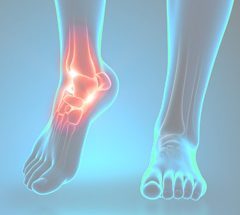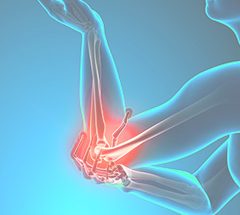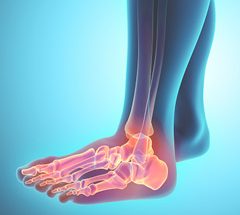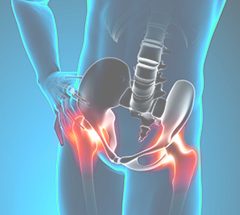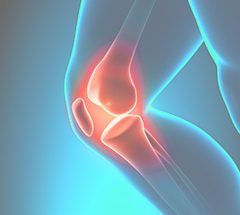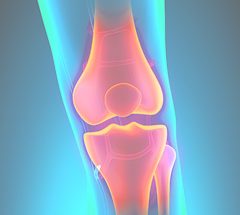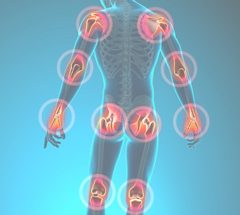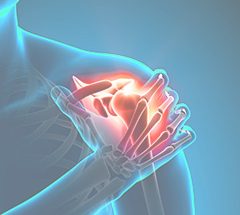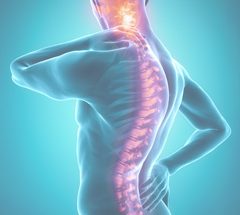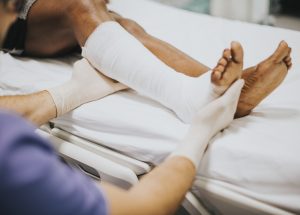Spinal Tumors
Tumors can be the cause of severe back pain and leg pain.
A tumor is an abnormal, excessive growth of cells and tissues in the body. In and of itself, a tumor may be harmless if the growth is slow (benign) and/or if there is little or no involvement of the surrounding anatomic structures. However, if the growth is uncontrolled (malignant) and there is involvement of the surrounding anatomic structures, the effects on the body can be harmful. When associated with involvement of the spine, tumors can often lead to symptoms including pain, weakness, numbness and tingling, or even paralysis.
What causes tumors?
Tumors occur when cells lose their ability to stop multiplying and tissues lose their ability to stop growing. Although the exact reasons why cells lose their ability to stop growing have not been clearly elucidated, we do know that it is likely related to a genetic trigger that causes the cells to grow uncontrollably.
If the growing tumor pushes against spinal nerves, patients can experience severe pain down their arms and/or legs. This is often called a radiculopathy. If the integrity of the spinal vertebrae is severely compromised, this can lead to a kyphotic posture (hunching forward) and/or instability of the spine.
Signs and symptoms
In addition to pain, pressure on nerves from tumors in the lower spine can also cause numbness, tingling, burning, and weakness in your legs.
The spinal cord ends around the first lumbar vertebra. Past this level, the spinal canal contains nerves that travel down the canal and exit at the appropriate level. This bundle of nerves below the end of the spinal cord within the spinal canal is called the cauda equina, which literally means “horse’s tail.” Severe compression on the cauda equina in the setting of a tumor can lead to a rare but emergent situation called cauda equina syndrome. Symptoms of this syndrome include:
- Difficulty urinating
- Difficulty having a bowel movement
- Numbness and tingling in your inner thighs and groin
If you experience bowel or bladder problems and have progressively worsening weakness in your legs, you should seek medical attention immediately.
Diagnosis
The diagnosis is first suspected after a thorough history and physical examination are taken. Constitutional symptoms include fevers, chills, and/or weight loss. If the tumor compresses any nerves, patients may complain of pain radiating from their back down to their legs, especially with any attempt to bend or twist their spine.
Patients may also commonly complain of numbness, tingling, and burning down their legs. They may also have muscle weakness. After a detailed examination, the diagnosis can be initially evaluated with plain X-rays and confirmed with an MRI or CT of the spine.
Treatment
Definitive treatment for patients with tumors depends on many factors and can only be determined in conjunction with a formal consultation with your physician.
In general, treatment can include either one, or a combination of the following modalities: radiation, chemotherapy and surgery. Patients with progressive neurologic deterioration, and tumors that render a spine unstable may require surgical intervention. Your surgeon can go over the advantages and disadvantages of each of these treatment options with you.
The physicians at Orthopedics International can address your spinal tumor using the most cutting-edge techniques. If you are experiencing any of the symptoms listed above, please contact us for a consultation so we can provide you with a timely evaluation and exceptional treatment.





